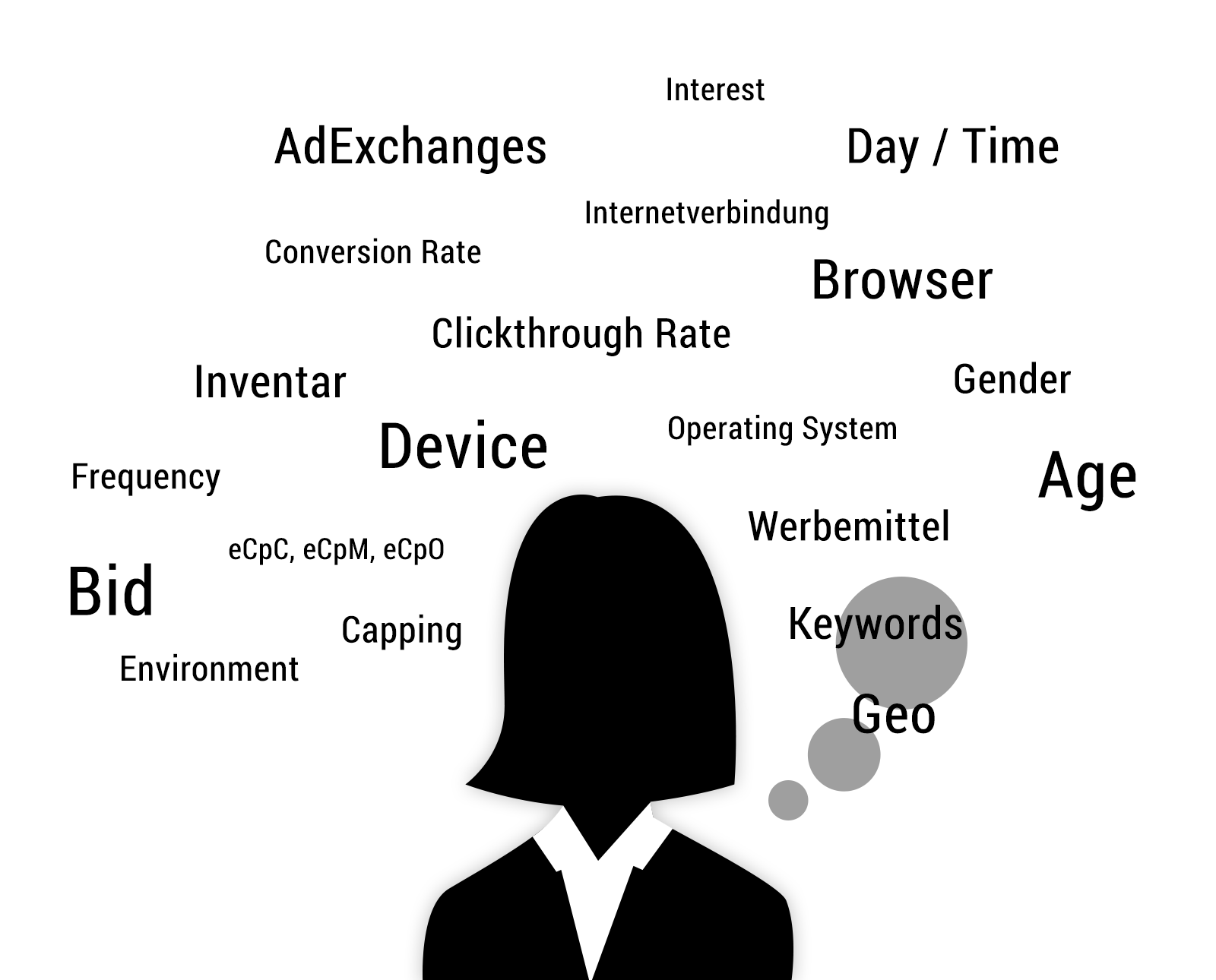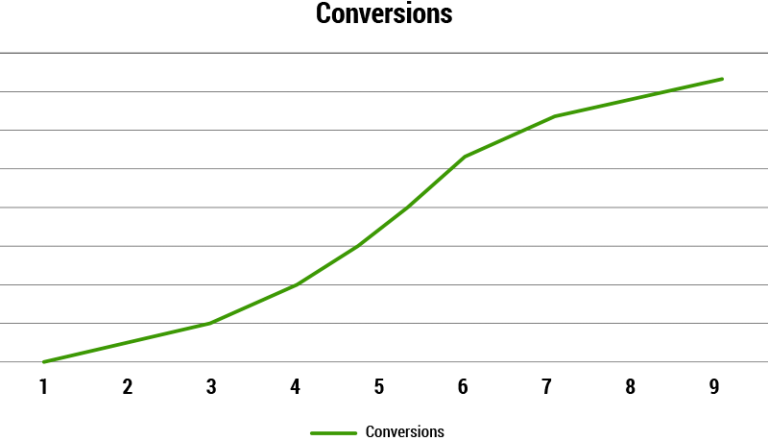Programmatic marketing – explained differently.
Anyone who asks the question “What is programmatic marketing?” will quickly find themselves confronted with a heap of foreign words, abbreviations, technical processes and (for those who are really unlucky) mathematical formulas.
That’s mostly confusing. It makes the interested person freeze in awe or roll their eyes, close the browser and say: We don’t need it.
It’s quite simple: programmatic marketing is like fine wine. Both require the right ingredients. The right tool. Manual labor and time.

When these four components work together, you will achieve your goal:
In the beginning there is the goal.
A winemaker has a full-bodied wine in mind. Your marketing campaign also has clear goals: newsletter subscribers, sales, traffic. A happy client.
It’s quality wine – not a soft drink from the vending machine.
Classic online marketing compared to Programmatic Marketing
Imagine that a company wants to reach a specific target group with its online advertising.
Classic online marketing
The advertising material is displayed on the website, all visitors can see the advertising material. And you pay for all those visitors.

With programmatic marketing, on the other hand, you address your customers directly:

Let’s get back to the four components: ingredients, tools, time and manual work.
Ingredients: Targeting
Targeting is the selection of the juiciest grapes in a vineyard. With targeting you collect and sort your target group.
1.) Basics
- GEO: country, region, city, place (e.g. football stadium)
- Gender, Age, Income
- interest
- mobile phone, internet connection; browsers
2.) Strategies (a small selection of options)
- Keywords / Contextual
- Custom Affinity / Intent
- InMarket Audiences
- Similar Audiences
- 3rd Party Daten
- Private Deals
Technical Platform
We use “Display & Video 360”, a product of the Google Marketing Platform, for media buying, audience management, ad serving and the creation of dynamic advertising media.


Time and manual work: the media buyer
Yeast allows the wine to ferment – in Programmatic, an algorithm optimizes towards campaign goals. The winemaker also checks, sniffs and adjusts. Handcrafted.
A media buyer takes care of your campaign, analyzes and optimizes it. So that you can achieve your goals.
A media buyer continuously optimizes:

Like good wine … a programmatic campaign gets better with time. This is the typical development curve of a programmatic campaign:


